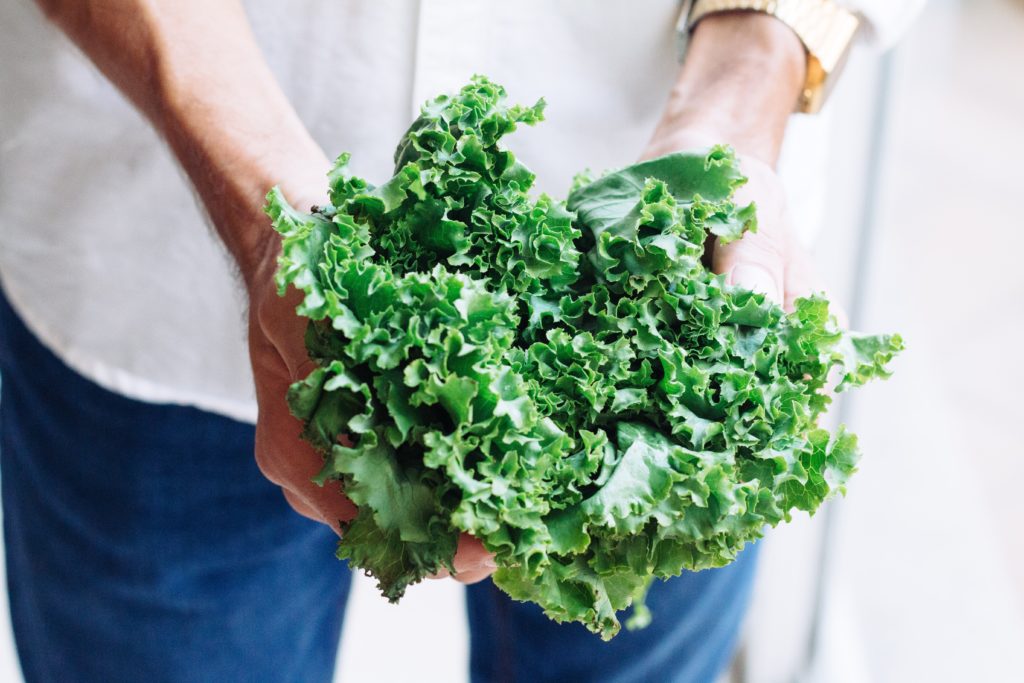All fields are required
Posted in E. coli,Food Safety,Our Blog,Outbreaks & Recalls on January 18, 2019

The lettuce industry, still licking its wounds from the effects of a series of high-profile outbreaks linked to their products, did not take the recent shutdown of the federal government lightly. The lettuce industry is eager for the FDA to get back to work. That’s the premise of a recent article published by the Chicago Tribune. The month-long shuttering of many of the government’s essential functions touched food safety in multiple ways, as we’ve talked about here on the Make Food Safe, and lettuce needs all the support from the feds it can get: it’s a crop with a spotty history of safety that a string of recent outbreaks have cast light on. The lettuce industry wants answers that only the FDA can provide.
The American food-safety apparatus is deeply tied up in the functions of the federal government. It operates through two principal layers. Inspectors from the Food and Drug Administration and the Department of Agriculture keep an eye on food as it passes from farm to fork, ensuring that proper procedures are being followed and that threats to food safety are detected and dealt with. If there is a problem, the federal government coordinates and publicizes recalls, and can take action against the business in question to make the likelihood of another outbreak less likely.
When the federal government isn’t fully funded, as was the case for five weeks around the beginning of 2019, this two-layer system is drawn back dramatically. Inspection and recall functions are stopped to their essential core needs only. If you’re working in a business with a food that’s at high risk for recall or outbreak, a five-week break from the federal government might not much affect your chances of suffering an outbreak. Indeed, many food manufacturers made it through the shutdown unscathed.
Some types of food are more vulnerable than others, however. And lettuce is one type of food that’s relatively vulnerable at the moment. The lettuce industry has had quite the time over the past years: over and over again, they’ve had to grapple with the fallout of major outbreaks of foodborne illness that were ultimately traced back to leafy greens. Chief amongst these: the outbreak of lettuce tainted with E. coli that was ultimately linked back to the Adam Bros. farm on California’s central coast. That event sickened hundreds and led to a sweeping warning against eating leafy greens on the eve of Thanksgiving.
That outbreak was complicated by the fact that lettuce from different farms is often mixed together in during the packing process – the best product from different farms is aggregated during the sorting and packing process so that consumers end up getting bags of lettuce that are as clean and attractive as possible. It’s a good policy if you’re trying to get people to buy your lettuce, but it can make it difficult to manage the fallout from an outbreak which calls for recalls of product that was grown on specific farms.
It also echoed another outbreak from March of 2018. That former event also involved E. coli on romaine lettuce; it was ultimately traced back to farms in Yuma, Arizona that had irrigated their plants with tainted water from an irrigation canal. Before that was an outbreak affecting both the United States and Canada in late 2017 and early 2018 whose source still hasn’t been positively identified.
Lettuce growers have long struggled with long shadow of foodborne outbreaks linked to their product. Following a particularly serious outbreak in 2007, growers of leafy greens formed an association and came up with a set of self-imposed regulation to try and reduce the likelihood of further incidents. That was more than a decade ago, if this writer’s arithmetic serves, and the growers are clearly still dealing with many of the same problems: because of various factors that we’ve explored previously here at Make Food Safe, lettuce is particularly susceptible to foodborne outbreaks, and the voluntarily-imposed measures haven’t entirely eradicated that problem.
That’s a problem for an industry that’s worth some $2 billion dollars but remains nervous that more outbreaks might turn public opinion against them.
The lettuce industry has made some moves towards cleaning up their act following their long and difficult year. According to the Tribune: “The leafy greens industry has already made changes. Lettuce sold at stores is now more likely to be clearly labeled to reveal its origin. There are new requirements for cleaning farm equipment. And in Arizona and California, required buffer zones between fields and concentrated animal feeding operations have tripled, from 400 feet to 1,200 feet.”
Voluntary changes are a good step in the right direction. So are some of the changes implemented by the Food Safety and Modernization Act, which requires growers to be more proactive about how they manage food safety, shifting some of the burden away from regulators and onto the manufacturers in question. These two steps should help to dull the impact of the next time that the lettuce industry finds itself without a functioning regulatory apparatus to fall back on.
Several more steps need to be taken, however. Some of them are talked about in the Chicago Tribune article: one big item is testing and controls for water used for irrigation. Currently, you can irrigate your crops with water without having to test it for pathogens or contaminants, and there aren’t rules in place governing what can or can’t be in that water. That’s a huge oversight that, if corrected, might have prevented the March 2018 outbreak of E. coli in lettuce caused by a dirty irrigation canal in Yuma.
By: Pooja Sharma, Contributing Writer (Non-Lawyer)